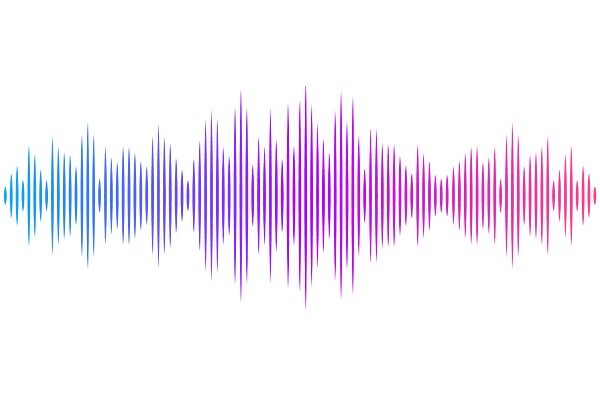Mutation of a conserved stromal C-terminus threonine residue of Photosystem II subunit S slows down NPQ induction and speeds up relaxation.

Mutation of a conserved stromal C-terminus threonine residue of Photosystem II subunit S slows down NPQ induction and speeds up relaxation.
Chin, W. Y.; Walter, J.; Robijns, A.; Kromdijk, J.
AbstractIn order to prevent damage by excess light, photosystem antennae can switch to an energy dissipative mode (termed non-photochemical quenching, NPQ). In higher plants, this switch is facilitated by the presence of Photosystem II subunit S (PsbS) protein, which was discovered 25 years ago. While the role of PsbS in induction of NPQ was soon found to require protonation of key glutamate residues facing the thylakoid lumen, a complete understanding of how NPQ is subsequently initiated is still lacking. Recent work on Norway spruce suggests that reversible phosphorylation at a few key residues of PsbS may coincide with the induction of a sustained dissipative state. Here we used Arabidopsis thaliana mutant lines to assess the functional implications of phosphorylation at threonine-259, one of the implicated phosphorylatable residues. Using a set of residue changes expressed in the background of PsbS knock-out mutant, npq4, we show that neither phosphomimetic, phosphosubstitution, nor phosphonull complementations could rescue NPQ activity to the level of the unperturbed protein. Instead, all residue substitutions at threonine-259 gave rise to significantly impaired induction and accelerated NPQ recovery, while protein accumulation and thylakoid membrane localisation were not affected. We suggest that these results are consistent with a role for the C-terminus in the propensity or stability of hydrophobic interactions between PsbS monomers to form homodimers, or between PsbS and other LHCII proteins to initiate the quenched state.